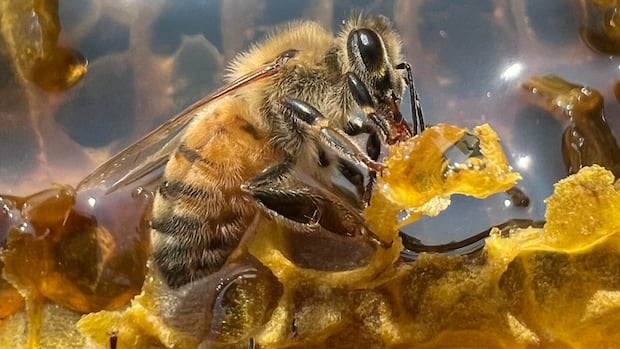Ontario is scaling back species at risk protections, worrying advocates and inviting federal intervention
Ontario’s government is gearing up to implement sweeping changes to its laws on protecting species at risk with the introduction of Bill 5, also known as the Protect Ontario by Unleashing Our Economy Act. Premier Doug Ford made the announcement at the Toronto Stock Exchange, stating that in the face of challenges to the economy, it cannot be business as usual.
The proposed bill aims to streamline the environmental approval process to attract resource and development companies to Ontario. However, environmental groups are sounding the alarm, concerned that the changes could undermine species protections and lead to federal intervention.
One of the key changes in the bill is the offloading of responsibility for certain aquatic species and migratory birds that are already protected under the federal Species at Risk Act. This move eliminates the need for separate provincial approval for activities affecting these species, raising concerns among conservationists who fear that federal protections may not be sufficient.
The bill also calls for the replacement of Ontario’s current Endangered Species Act with a new Species Conservation Act. A significant change in the new law is the definition of habitat, which critics argue is too narrow and may not adequately protect species. The new definition focuses on specific dwelling places rather than the broader areas that species rely on for survival.
Environmental groups are particularly concerned about the lack of mandatory recovery plans in the new legislation. Under the current law, the government is required to develop plans to recover populations of at-risk species. However, the new law does not include this requirement, leading to fears that species may not be adequately protected.
Ontario Environment Minister Todd McCarthy defended the changes, emphasizing that the bill includes stronger enforcement powers and penalties for those who harm species. However, critics argue that without robust protections in place, enforcement measures may not be effective in safeguarding at-risk species.
In conclusion, the proposed changes to Ontario’s species protection laws have sparked a debate between economic development and environmental conservation. As the bill moves through the legislative process, stakeholders on both sides will continue to voice their concerns and advocate for the protection of Ontario’s precious wildlife.




